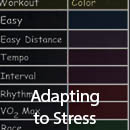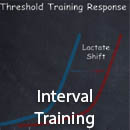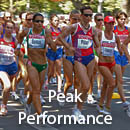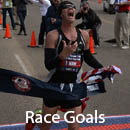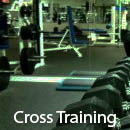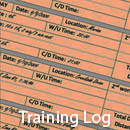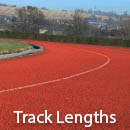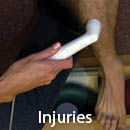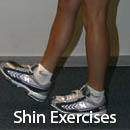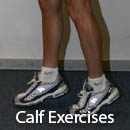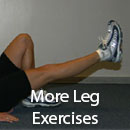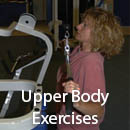Race Walking Training
Proper Race Walking Shoes
Where Should I Buy My Walking Shoes?
Your search for walking shoes begins at a sports shoe specialty store. Avoid chain stores where inexperienced salespeople offer questionable advice on your single most important piece of race walking equipment. Until you find a suitable pair of shoes, get the best advice available. Once you select a satisfactory shoe, stick with the same model and buy additional pairs as needed. If you wait too long, the pair you like will become discontinued, so shop early. For those who are computer savvy, the Internet is a great equalizer once you know what model is best; virtual shopping saves time and often money.
A Note on Worn Out Walking Shoes
Like all shoes, walking shoes wear differently for each walker. Once a week, inspect your shoes for excessive wear, paying particular attention to the bottom of the shoe near the heel, and the front where you roll off the toes. Also check the shoes from behind. If the midsole of the shoe is compressed or leaning too much to one side, trash them. As a general rule of thumb, replace all walking shoes after about four hundred miles of use.
Not as popular as in the past, home-repairing shoes should not be considered an option. Shoe-Goo and other sole rebuilding products patch just the visibly worn section of a shoe, leaving invisible damage inside to aggravate tired muscles or injuries. Once you feel the need to repair your shoes’ problems, don’t. Replace them instead.
Everyone’s shoe life varies. A person’s individual walking style and body weight are just two factors that contribute to the variation in shoe life. Obviously the makeup of the shoe plays a huge factor as well. Most walkers like to train in racing shoes. However, the average life span of a racing shoe is under 100 miles. Therefore, wear them for training and you will be replacing them more than once a month. In contrast, training shoes last about 400 miles. Wearing either type longer than their life span increases the likelihood of injury dramatically.
The Need to Break In New Shoes
Most people need to break in a pair of shoes to help prevent blisters and other foot ailments. Do so before your old shoes wear out. First, wear the new pair around the house. Progress to a few short workouts, then move on to longer distances. Never wear new shoes to race!









